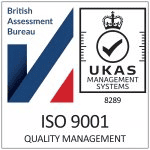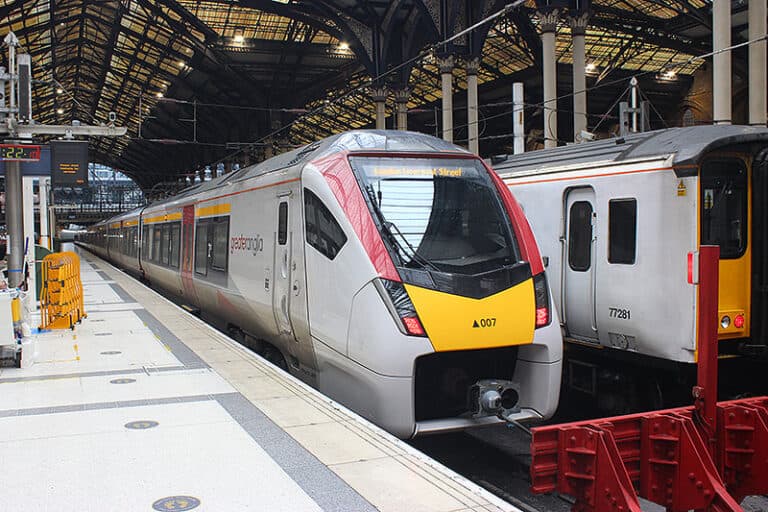

Abellio Greater Anglia (AGA), was awarded a nine-year contract by the Department for Transport (DfT) in August 2016 for the provision of passenger rail services to and from London across Essex, Suffolk, Norfolk, Cambridgeshire and Hertfordshire (Greater Anglia Route). As part of the contract, Abellio carried out a £1.5 billion fleet and infrastructure upgrade.
Abellio have awarded contracts to Stadler and Bombardier to replace all the existing rolling stock within the Abellio East Anglia franchise. This will create an estimated increase of 10 per cent in the fleet size. The new fleet will be equipped with air conditioning, free high-speed Wi-Fi and power sockets for customers.

The infrastructure upgrades and introducing new rolling stock into a live rail operating environment were key challenges for the programme which also included multiple stakeholders that includes numerous Network Rail functions, the train fleet suppliers, multiple contractors providing the infrastructure improvements and AGA itself, as well as other third parties such as ORR, rail users groups and local authorities.
Our work was to develop management processes following a detailed audit/review to set a framework which assures the technical, operational and safe delivery of the NEAT Programme.
Vertex employed the following competencies during these works:
To ensure delivery of above, we took a collaborative approach to safety leadership and worked closely with all key stakeholders, providing guidance, direction and workshop facilitation to identify, define and agree solutions that reflect the needs of all decision makers and maintain the efficiency and pace that AGA needs to deliver the programme successfully.